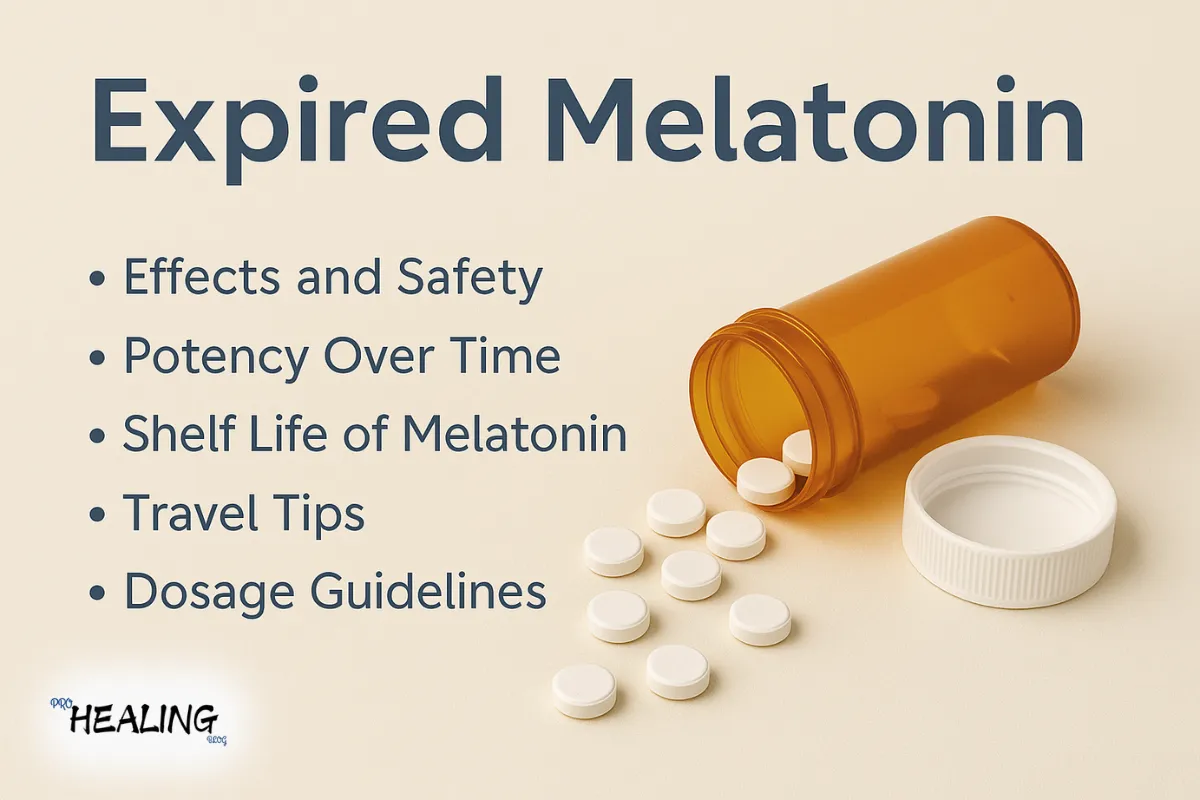Low sodium levels, medically known as hyponatremia, can be a symptom of cancer or its treatment. It often goes unnoticed until complications arise. Understanding the connection between low sodium and cancer symptoms is vital for timely diagnosis and treatment.
What Causes Low Sodium in Cancer?
Cancer can disrupt sodium balance through various mechanisms:
- Tumor-induced hormonal changes: Certain cancers, like small-cell lung cancer, produce excess antidiuretic hormone (SIADH), leading to water retention and diluted sodium levels.
- Chemotherapy effects: Some cancer treatments can impair kidney function, resulting in sodium imbalance.
- Nutritional deficiencies: Reduced appetite in cancer patients can lead to inadequate sodium intake.
See Also:PubChem is the World’s Largest Chemical Database
Cancers Commonly Linked to Low Sodium
- Lung cancer
- Head and neck cancers
- Gastrointestinal cancers
- Leukemia and lymphoma
Recognizing Low Sodium Cancer Symptoms
Low sodium levels can affect the body in significant ways. Symptoms include:
- Fatigue and weakness
- Confusion or memory problems
- Muscle cramps and twitching
- Nausea and vomiting
- Headaches
- Seizures or coma in severe cases
These symptoms can mimic other conditions, emphasizing the importance of proper testing for accurate diagnosis.
The Health Perspective on Low Sodium
Sodium plays a key role in:
- Nerve and muscle function: Sodium regulates nerve signals and muscle contractions.
- Fluid balance: It helps maintain the balance between intracellular and extracellular fluids.
- Blood pressure control: Sodium supports cardiovascular health.
A drop in sodium disrupts these processes, leading to severe health implications.
Impact on Cancer Patients
- Increased hospitalization risk: Severe hyponatremia often requires urgent medical care.
- Delayed cancer treatment: Low sodium must be corrected before continuing chemotherapy.
- Reduced quality of life: Persistent symptoms can affect daily functioning.
See Also: Femcels: Understanding the Health Perspective
Statistics on Low Sodium and Cancer
- Hyponatremia occurs in 15-30% of hospitalized cancer patients, according to research from the National Institutes of Health (NIH).
- Lung cancer accounts for 50% of cancer-related hyponatremia cases.
- Untreated low sodium increases mortality risk by 2-3 times in cancer patients.
These figures underline the seriousness of monitoring sodium levels in cancer care.
Treating and Managing Low Sodium in Cancer
Medical Treatments
- Sodium supplements: Administered orally or intravenously for severe cases.
- Fluid restriction: Reduces water intake to balance sodium levels.
- Treating the underlying cancer: Controlling cancer can stabilize sodium levels.
Dietary Interventions
- Include sodium-rich foods like broth, pickles, or salted crackers, based on medical advice.
- Stay hydrated but avoid excessive fluid intake.
Regular Monitoring
Frequent blood tests can help track sodium levels during cancer treatment.
Conclusion
Low sodium cancer symptoms are a significant concern for patients and healthcare providers. Timely recognition and treatment can prevent complications and improve outcomes. Monitoring sodium levels, coupled with effective cancer care, ensures a better quality of life for patients.
See Also: Why Might High-Protein Feeds Be More Beneficial for Broiler Chickens?
FAQs
What is hyponatremia?
Hyponatremia refers to low sodium levels in the blood, often associated with cancer or its treatment.
How does cancer cause low sodium?
Certain cancers release hormones that dilute sodium, and treatments like chemotherapy can affect sodium regulation.
Can low sodium be fatal?
Yes, severe hyponatremia can lead to seizures, coma, or death if left untreated.
What are early signs of low sodium?
Symptoms include fatigue, confusion, nausea, and headaches.
How is low sodium treated in cancer patients?
Treatment involves sodium supplements, fluid restrictions, and managing the underlying cancer.
Is low sodium reversible?
Yes, with prompt diagnosis and treatment, sodium levels can return to normal.






